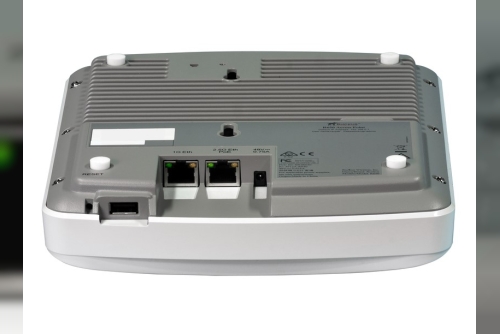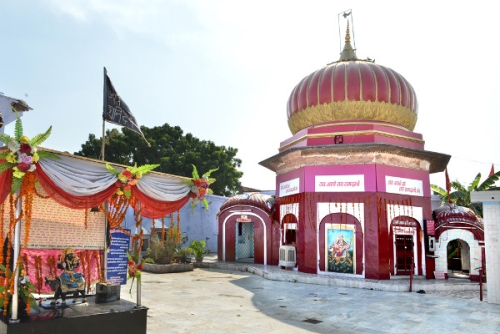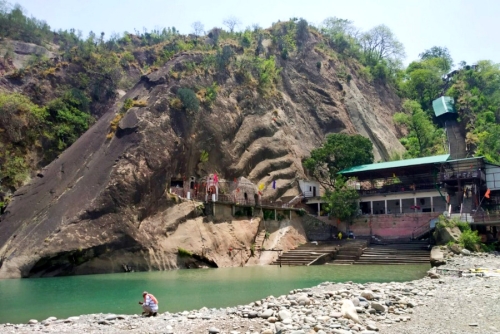Introduction
CW Glands, (cable weatherproof glands) are an essential component in modern electrical installations, offering both mechanical and environmental protection for cables in various industrial and commercial environments. CW glands are used primarily with armored cables (SWA, steel-wire armored cables) to ensure the integrity of the cable’s connection to electrical equipment, providing a robust seal that prevents the entry of dust, dirt, and moisture. These glands are especially valued for their durability, weatherproof capabilities, and ability to ensure strain relief, making them indispensable in outdoor and hazardous environments.
In this comprehensive blog post, we will delve into what CW glands are, their technical features, common applications, and their benefits in ensuring the safety and longevity of electrical systems. Additionally, we will answer some frequently asked questions (FAQs) to provide more clarity about CW glands.
What Are CW Glands?CW glands are specifically designed to provide sealing and mechanical retention for armored cables. They are known for their ability to withstand outdoor elements, thus earning the name "cable weatherproof" (CW). These glands are used in conjunction with SWA cables, which are commonly deployed in installations requiring added protection from environmental factors and mechanical stresses.
CW glands are most often constructed from brass, known for its corrosion resistance, durability, and excellent conductivity. These glands feature components that grip both the armor of the cable and the outer sheath, ensuring a secure attachment while maintaining the cable’s integrity and performance. This type of gland is essential for terminating the armor in a secure and safe manner while also providing ingress protection.
Technical Features of CW Glands· Material Composition: CW glands are typically made of brass, sometimes nickel-plated for added corrosion resistance, although other materials such as stainless steel and aluminum may also be used.
· Ingress Protection (IP Rating): CW glands are designed to provide a high level of ingress protection, often rated as IP66 or IP68, indicating their ability to prevent the ingress of dust and water, even in harsh environments.
· Cable Strain Relief: The design of CW glands provides excellent strain relief, ensuring that any tension or movement in the cable does not affect the integrity of the connection.
· Armor Clamping: One of the key functions of CW glands is to provide a firm grip on the steel wire armor (SWA) of the cable. This clamping prevents the armor from moving or shifting, which could cause damage to the internal cable components.
· Sealing Capability: CW glands provide a secure seal at both the cable sheath and the cable armor, preventing the ingress of dust, dirt, moisture, and other potentially damaging elements.
Applications of CW GlandsCW glands are used across various industries where armored cables are required for mechanical protection and environmental sealing. Some common applications include:
1. Outdoor Power DistributionCW glands are often used in outdoor power distribution systems, where armored cables are necessary to protect against mechanical damage. The weatherproof sealing capabilities of CW glands ensure that electrical connections remain safe and protected from external factors like rain, dust, and extreme temperatures.
For instance, CW glands are essential in terminating cables connected to outdoor lighting systems, CCTV cameras, and other public utilities. Their ingress protection (IP) rating ensures that these systems remain operational even in the harshest conditions.
2. Industrial EnvironmentsIn industrial environments where machinery and heavy equipment are used, CW glands help safeguard electrical cables from vibrations, impacts, and potential mechanical damage. Factories, manufacturing plants, and mining operations often utilize armored cables to protect against accidental impacts from tools, machinery, or other equipment.
CW glands offer both strain relief and environmental sealing, ensuring that these critical installations can operate continuously without the risk of damage to the electrical systems. Moreover, the armored cables and CW glands provide added security in environments where cables may be exposed to corrosive substances, oils, or other industrial byproducts.
3. Hazardous AreasHazardous areas, such as oil refineries, chemical plants, and offshore drilling platforms, require robust and reliable electrical systems. CW glands are used in conjunction with armored cables to provide both explosion protection and environmental sealing, ensuring that cables remain secure in potentially volatile environments.
The flameproof design of certain CW glands, combined with their ability to terminate armored cables securely, makes them a key component in hazardous area installations. In these areas, the CW gland helps ensure that the cable armor does not act as a conduit for flames or explosions, providing an extra layer of safety.
4. Underground Cabling SystemsUnderground electrical systems require additional protection from moisture, soil movement, and other environmental factors. CW glands are ideal for securing armored cables used in underground cabling systems, including those found in railways, utility networks, and other critical infrastructure.
The weatherproof properties of CW glands make them essential for preventing water ingress and ensuring long-lasting cable connections in underground installations. Their robust design provides peace of mind in applications where the cables are not easily accessible for maintenance.
5. Telecommunications and Data CentersIn telecommunications, CW glands are used to secure armored fiber optic cables, ensuring that the integrity of the data transmission is maintained, especially in outdoor installations. Data centers that require high levels of reliability and uptime use armored cables to prevent damage, particularly in areas with heavy equipment or where the cables may be exposed to environmental hazards.
CW glands, with their ability to provide a secure connection and prevent ingress, play a crucial role in ensuring the continued operation of telecommunications infrastructure.
Benefits of CW GlandsCW glands offer several benefits that make them ideal for modern electrical installations:
1. Weatherproof and DurableThe primary advantage of CW glands is their weatherproof design. Made from corrosion-resistant materials like brass or nickel-plated brass, these glands offer long-lasting performance even in harsh outdoor conditions. The high ingress protection (IP) rating ensures that no dust or water can enter the connection, making them perfect for both indoor and outdoor environments.
2. Mechanical ProtectionBy securely gripping the steel-wire armor (SWA) of the cable, CW glands offer additional mechanical protection, reducing the risk of damage to the internal components of the cable. This is especially important in industrial and hazardous environments where cables are subjected to external stresses.
3. Prevents Cable MovementCW glands provide strain relief, which prevents unwanted cable movement that could lead to wear and tear. This feature is particularly valuable in environments where cables are subject to vibrations, ensuring a long-term, secure installation.
4. Cost-EffectiveDespite offering high levels of protection, CW glands are relatively cost-effective. Their durability and long lifespan reduce the need for frequent maintenance or replacement, providing excellent value for money in long-term installations.
5. Compliance with Safety StandardsCW glands meet the requirements of various national and international safety standards, ensuring that they can be used in regulated industries like petrochemicals, mining, and utilities. This compliance is essential for meeting safety regulations and ensuring the integrity of the overall electrical system.
FAQs About CW Glands What is the primary function of a CW gland?The primary function of a CW gland is to securely attach and protect the ends of armored cables, preventing the ingress of dust, dirt, and moisture while providing strain relief and mechanical protection. Are CW glands suitable for outdoor use?
Yes, CW glands are designed to be weatherproof, making them ideal for outdoor use. They provide excellent protection against environmental factors like rain, dust, and temperature extremes. Can CW glands be used with all types of cables?
CW glands are specifically designed for use with armored cables, such as steel-wire armored (SWA) cables. They may not be suitable for use with unarmored cables, which require different types of glands. What is the ingress protection (IP) rating of CW glands?
Most CW glands have an IP66 or IP68 rating, meaning they provide excellent protection against dust and water ingress, even in harsh environments. Do CW glands provide protection in hazardous areas?
Yes, flameproof versions of CW glands are available for use in hazardous environments such as oil refineries and chemical plants. These glands are designed to prevent explosions from traveling through the armored cable. Conclusion
CW glands are an essential component in electrical installations, offering weatherproof, durable, and secure connections for armored cables. Whether used in outdoor power distribution systems, industrial environments, hazardous areas, or telecommunications, CW glands provide the necessary protection to ensure the longevity and reliability of electrical systems.
Their ability to withstand environmental and mechanical stresses, along with their cost-effectiveness and compliance with safety standards, makes them an invaluable tool for modern electrical infrastructure.












